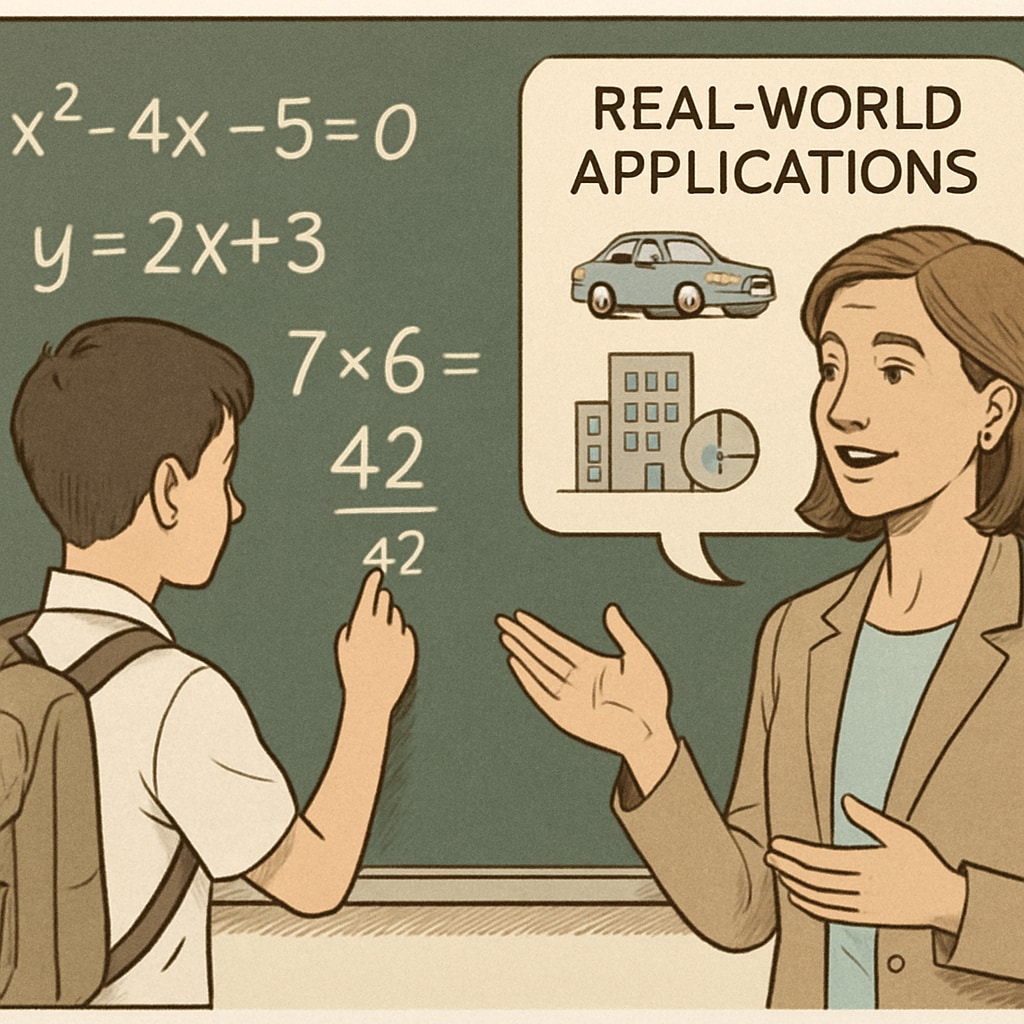When children ask, “Why do we need to learn math?” they often challenge the foundation of mathematics education, learning motivation, and teaching methods. This seemingly simple question is a common dilemma for parents and teachers alike. While a direct response like “Math is important for your future” might suffice for some, it often fails to engage young minds. To truly inspire learning motivation, educators and parents must bridge abstract mathematical concepts with tangible, real-world applications.

Connecting Math to Everyday Life
One of the most effective ways to answer this question is by highlighting how math is embedded in daily life. From budgeting for groceries to calculating distance and time during travel, mathematical reasoning is everywhere. For example, understanding fractions is essential for cooking—imagine halving a recipe or measuring ingredients accurately. Similarly, geometry plays a role in architecture, interior design, and even the art of arranging furniture.
- Explain how percentages are used to calculate discounts during shopping.
- Show how probability helps in making informed decisions, such as understanding weather forecasts.
- Discuss how math supports careers in engineering, medicine, and technology.
By framing math as a practical tool, children can begin to appreciate its relevance in their own lives.
Fostering Curiosity Through Real-World Examples
Another approach is to present math as a gateway to understanding fascinating phenomena. For instance, the concept of the golden ratio—a mathematical principle often found in nature, art, and architecture—can spark curiosity and wonder. Encourage children to observe patterns in flowers, seashells, or famous works of art. Linking mathematical theories to real-world mysteries makes learning more engaging and less intimidating.
Additionally, introducing concepts like statistics through sports or games can be highly effective. For example, discuss how batting averages in baseball or player statistics in basketball are calculated, making math relatable and exciting.
External resources like Golden ratio on Wikipedia or Golden ratio on Britannica can further enrich understanding and provide visual representations.

Reframing Math as a Problem-Solving Tool
Instead of portraying math as a subject to memorize, emphasize its role in critical thinking and problem-solving. Mathematics teaches logical reasoning and analytical skills, which are crucial for navigating complex situations in life. For instance:
- Discuss how algebra helps in solving puzzles or optimizing solutions, like planning the fastest route between two destinations.
- Explain how data analysis aids in making informed decisions, such as evaluating trends in business or public health.
- Highlight how coding and algorithms—a direct extension of mathematical thinking—are the backbone of modern technology.
By shifting the focus from rote learning to problem-solving, children may develop a deeper appreciation for the subject.
Inspiring Long-Term Learning Motivation
Ultimately, instilling a sense of purpose in learning mathematics requires patience and creativity. Instead of dismissing their concerns, take the time to understand their perspective and tailor explanations accordingly. Use storytelling, hands-on activities, and interactive tools to make math less abstract and more relatable.
For younger children, board games involving numbers or patterns can be a fun introduction to mathematical concepts. For older students, exploring career pathways that rely heavily on math—such as data science, architecture, or engineering—can spark interest and motivation.
As a result, mathematics education becomes less about ticking boxes and more about nurturing curiosity and practical skills for the future.
Readability guidance: Use short paragraphs and examples to maintain engagement. Lists summarize key points effectively, while external links provide additional depth.


